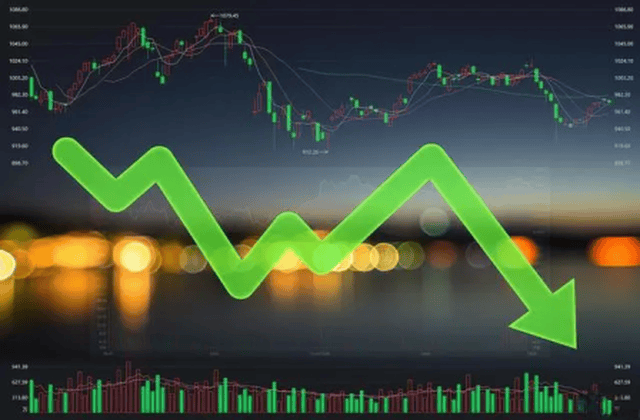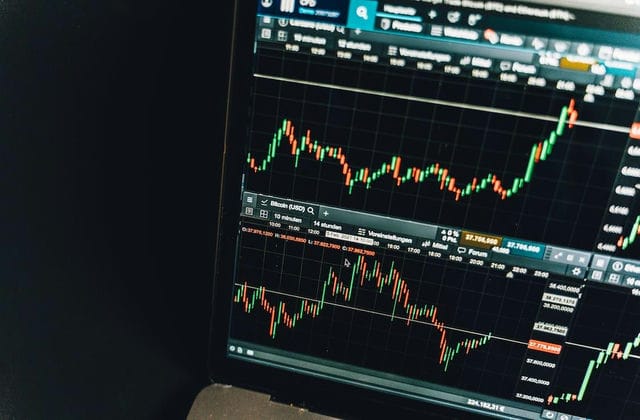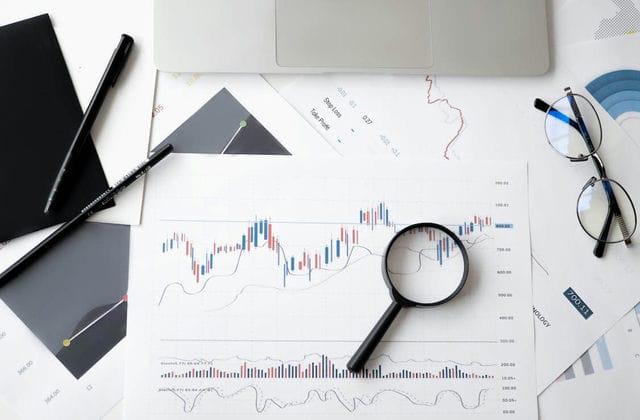The important practical value of Soros' investment theory lies in its use of the theory of contrarianism to identify overreactive markets, following the process of market formation, from self-propelled strengthening to decay, and finding that the turning points are precisely where the greatest benefit can be gained.

Overreacting markets are mainly driven by the prevailing bias of followers who act with a certain blindness, but can also strengthen the market's own trend. Because of the complexity of the market factors, the more uncertainties there are, the more people follow the market trend, and the greater the impact of this speculative behavior of following the trend, which itself becomes one of the fundamental factors affecting the market trend, the wind fuels the fire, the market is swayed by the exaggerated bias of investors, the interaction between the two causes investors to fall into a blind mania, the stronger the trend, bias deviates from the truth the stronger the trend, the further away from the truth the bias becomes, and indeed the closer to fragility the market becomes. The ultimate result of an over-reactive market is the phenomenon of boom and bust.
According to Soros' theory, the main sequential characteristics of the occurrence of the boom-and-bust phenomenon are.
1, A trend in market development has not yet been identified
2, Once the trend is identified, this identification will reinforce the trend and lead to the start of a self-propelled process.
As the prevailing trend and the prevailing skewed perceptions reinforce each other, the bias is increasingly exaggerated. When this process has reached a certain stage, the conditions are ripe for a "Highly unbalanced state".
3, The direction of the market can be successfully tested: Market trends and market participants' biases can be tested again and again by various external shocks.
4, The degree of certainty increases: If both the bias and the trend survive the various shocks, then they are, in Soros' words, "Unassailable". This stage is a process of acceleration.
5, The break between reality and perception: This stage marks the point at which the rift between belief and reality is so wide that the bias of the market participants becomes apparent and the climax is imminent.
6, Finally, a mirror-reflective, self-propelled process takes place in the opposite direction. At this point people's views on the market no longer play a driving role, the original trend stagnant, another voice began to influence the market, the original market confidence began to lose, then the market began to shift in the opposite direction, this transition point is called "Crossover point. This is called the "Crossover point". It is the accelerating phase of the crash.
The boom-and-bust phenomenon occurs in financial markets from time to time, especially for agricultural markets, where seasonal factors have a greater impact on the market due to the seasonal nature of the short fluctuation cycle. And the speculation on one of the fundamental factors is extremely easy to overdo, the market performance for the state of mania occurs frequently, such as the formation of a sustained rise or fall, retracement time and space is quite limited, this market is often prone to the boom-and-bust phenomenon (market. For the metals market, the cycle is relatively long compared to the agricultural market as it is more closely linked to the macroeconomic environment, and the confirmation of its turning point should be done with extra caution. Improper handling can lead to being overwhelmed by a self-propelled trend.

This means that the key to investment success lies in recognizing the moment when the market begins to give impetus to its own momentum. Once this critical moment has been identified, the investor can gain insight into whether a boom or bust phenomenon is beginning or already underway. After all, actions taken after a turning point are likely to be counter-trend in the short term, so it is essential to set a stop loss and adjust your strategy in time.





























